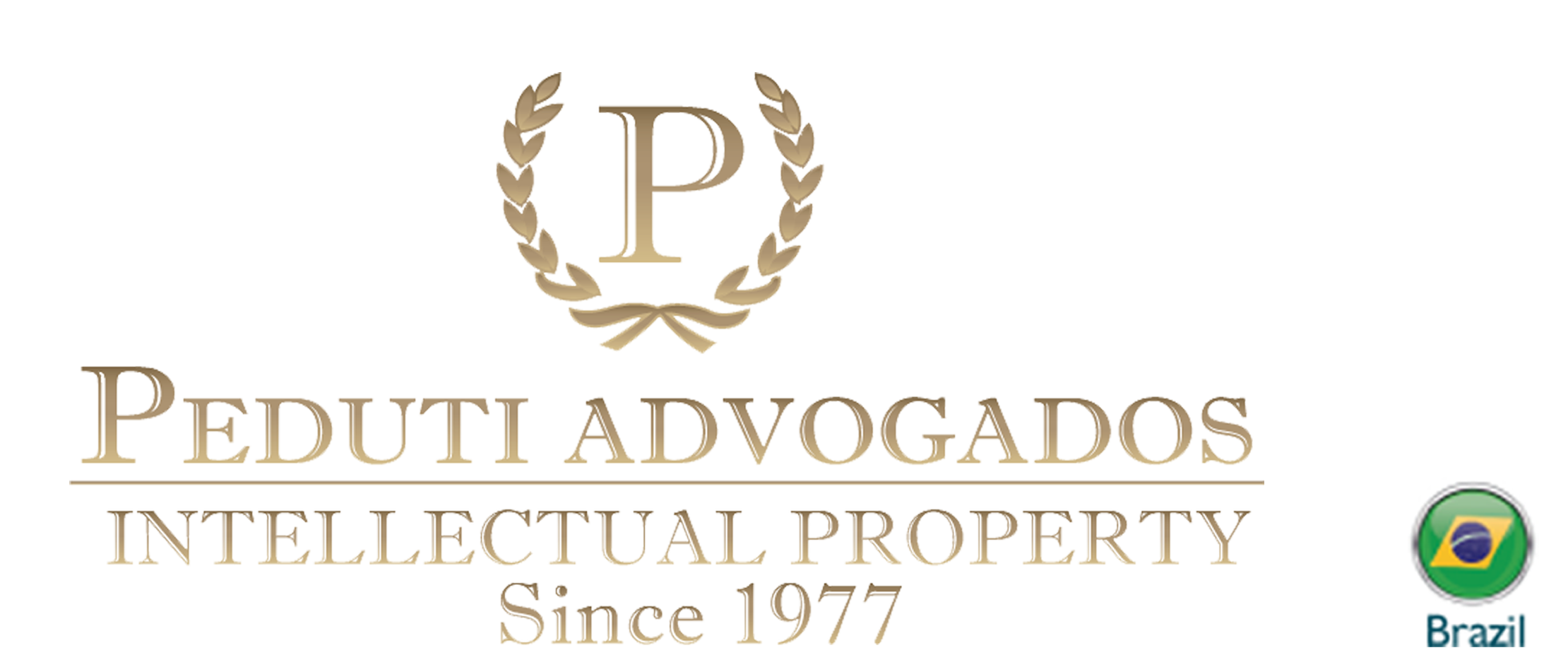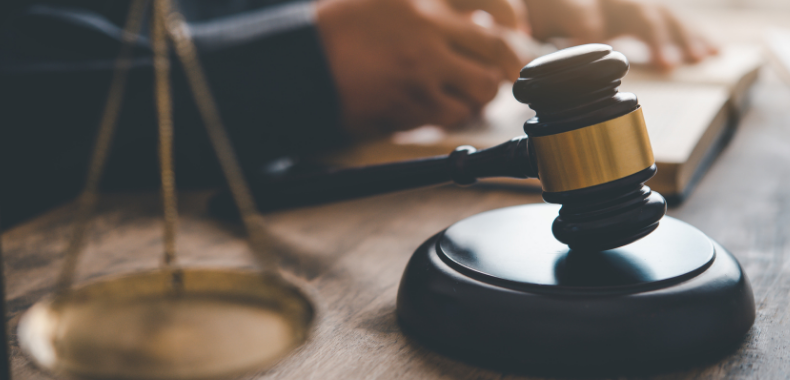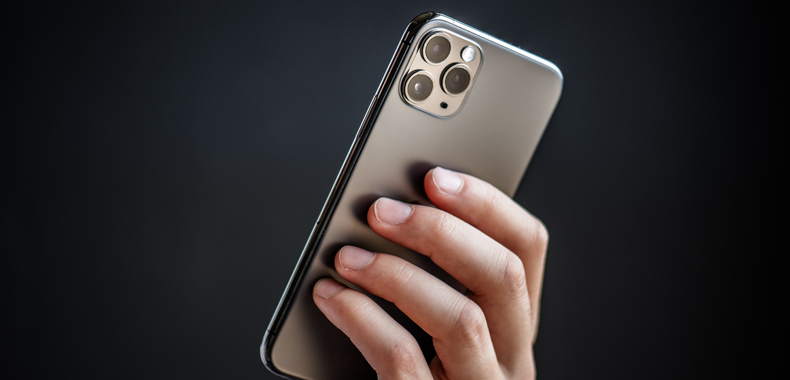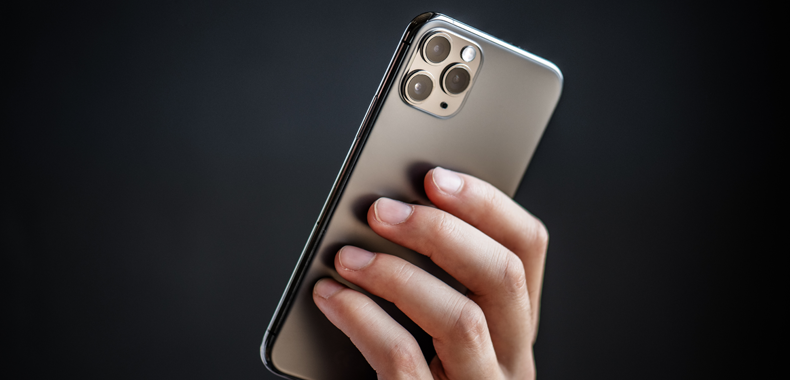Traditional Cultural Expressions are formed by the set of creations of the people from certain region. Also known as Folklore Expressions, such creations represent a large part of the intangible heritage of a country, playing a very important role in the knowledge of local culture and history.
The Traditional Cultural Expressions embraces the creations of art, dance, symbols, crafts, architecture, among others, and can be fundamental for getting to know a certain people and even understand their knowledge of medicine and science.
Although they are clearly creations of the spirit, and therefore, can be considered works of art, as provided in the “caput” of Article 7 of the Brazilian Copyright Law (Law No. 9.610/98), Traditional Cultural Expressions cannot be protected by the Copyright institute, since they lack a necessary condition: the determination of who effectively was the author of the work.
Since these are folkloric and cultural creations, which go through generations and generations, it is impossible to credit the authorship of a Traditional Cultural Expression to a single person, since such immaterial property knowledge belongs to a whole collectivity. Thus, there is no intellectual property right that confers ownership and exclusive control over the exploitation of these creations.
The Federal Constitution, in its articles 215 and 216, guarantees the exercise of cultural rights and classifies as Brazilian cultural heritage all the assets that identify our society. Moreover, the 2003 Convention for the Safeguarding of the Intangible Cultural Heritage and the 2005 Convention On The Protection And Promotion Of The Diversity Of Cultural Expressions both published by the United Nations Educational, Scientific, and Cultural Organization – UNESCO reinforce that the cultural diversity is essential, and determine that these forms of expression must be preserved, emphasizing the importance of the participation of the communities in the management and protection of these assets.

However, the protection of Traditional Cultural Expressions ends up being very broad and sometimes abstract, which does not mean that they can be freely exploited by the commercial industry, precisely because they are inalienable. For this reason the inclusion of these creations as mere Intellectual Property asset such as trademarks, patents, and copyrights does not provide the necessary protection, since such protection would end up transforming important culture assets into commodities.
The establishment of repositories to archive the spirit creations of native people turns out to be a good option to ensure the minimum protection to Traditional Cultural Expressions, since such repositories store information about which tribe is responsible for the creation of that cultural expression and keep the history behind that knowledge preserved.
Based on this example, the Insikiran Institute of Indigenous Higher Education, which is part of the structure of the Federal University of Roraima-UFRR recently opened a digital repository for indigenous scientific and ethnocultural productions. According to the UFRR “initiative will serve as a tool to protect, preserve, organize, publicize and disseminate the scientific and ethnocultural knowledge of the indigenous community of Roraima.”
This initiative demonstrates the participation of the community and the Goverment for the management and protection of the Brazilian intangible heritage, as determined by the Federal Constitution and the UNESCO Conventions, guaranteeing the support to the people who hold these rights.
—
Author: Joana Mendes Maneschy, at Peduti Advogados.
Source: UFRR inaugura repositório digital para produções científicas e etnoculturais indígenas; WIPO. Traditional Cultural Expressions (Folklore); BRASIL. Constituição (1988). Constituição da República Federativa do Brasil. Brasília, DF: Senado Federal: Centro Gráfico, 1988; CONVENÇÃO PARA A SALVAGUARDA DO PATRIMÔNIO CULTURAL IMATERIAL – 03 de novembro de 2003 – PARIS; CONVENÇÃO SOBRE A PROTEÇÃO E PROMOÇÃO DA DIVERSIDADE DAS EXPRESSÕES CULTURAIS – 21 de outubro de 2005 – Texto oficial ratificado pelo Brasil por meio do Decreto Legislativo 485/2006.
—
“If you want to learn more about this topic, contact the author or the managing partner, Dr. Cesar Peduti Filho.”
“Se quiser saber mais sobre este tema, contate o autor ou o Dr. Cesar Peduti Filho.”






